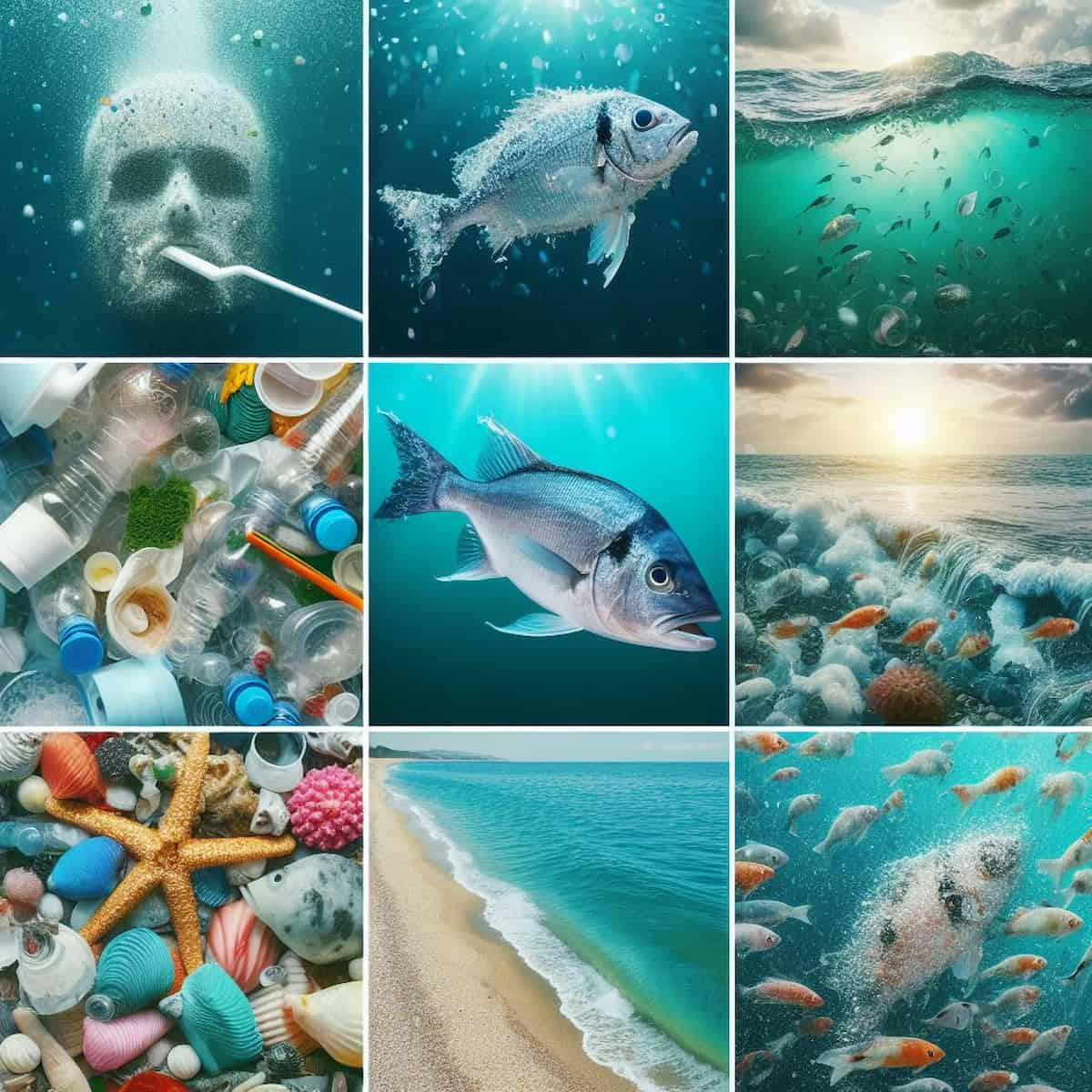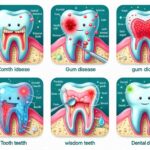In the vast ocean of modern environmental concerns, microplastics stand as tiny, yet significant particles that wield a considerable impact on ecosystems and human health. Let’s delve into the depths of these miniature pollutants to uncover their pervasive effects.
Key Takeaways:
- Microplastics are minuscule plastic particles, less than 5 millimeters in size, found ubiquitously in the environment.
- These particles originate from various sources, including the breakdown of larger plastic debris, microbeads in personal care products, and synthetic textile fibers.
- Microplastics pose threats to marine life, ecosystems, and human health through ingestion, entanglement, and the potential transfer of harmful chemicals.
Environmental Impacts:
Microplastics infiltrate ecosystems worldwide, disrupting natural processes and endangering biodiversity. Here’s how:
- Marine Life Disturbance:
- Marine organisms, from zooplankton to large marine mammals, mistake microplastics for food, leading to ingestion and potential starvation.
- The accumulation of microplastics in the digestive systems of aquatic animals can cause physical damage, hinder nutrient absorption, and compromise reproductive success.
- Ecosystem Disruption:
- Microplastics alter sediment composition, affecting nutrient cycling and biodiversity in marine habitats.
- These particles serve as vectors for harmful microorganisms and pollutants, exacerbating environmental degradation.
Human Health Concerns:
Beyond the marine realm, microplastics pose emerging health risks to human populations:
- Contaminated Food Chain:
- Seafood, a staple in many diets, can contain microplastics absorbed by marine organisms, potentially exposing humans to harmful chemicals and pathogens.
- Microplastics in drinking water sources raise concerns about indirect human ingestion and health impacts.
- Airborne Exposure:
- Synthetic textile fibers shed microplastics during washing and wear, contributing to airborne pollution.
- Inhalation of microplastics may lead to respiratory issues and could introduce foreign particles into the bloodstream.
Mitigation Strategies:
Addressing the microplastic menace requires multifaceted approaches at local, national, and global levels:
- Regulatory Measures: Enactment of policies to reduce plastic production, improve waste management, and ban microplastic additives in consumer products.
- Innovative Technologies: Development of filtration systems, biodegradable alternatives, and eco-friendly materials to mitigate microplastic pollution.
- Public Awareness: Education campaigns to raise awareness about the impacts of plastic pollution and encourage sustainable consumption habits.
Conclusion:
Microplastics may be diminutive in size, but their repercussions loom large over the environment and human health. By taking proactive measures to curb plastic pollution and promote sustainable practices, we can navigate towards a cleaner, healthier future for all.
In the battle against microplastics, every action, no matter how small, holds the potential to make a monumental difference.
Take a moment to reflect: How can you reduce your plastic consumption and contribute to mitigating microplastic pollution? Share your thoughts and ideas below!













